
|
Mandarin Duck
|
||
|
Taken
at Balloch on 30th January 2024 using Nikon D500 with Sigma 600 mm zoom lens.
|

|
|
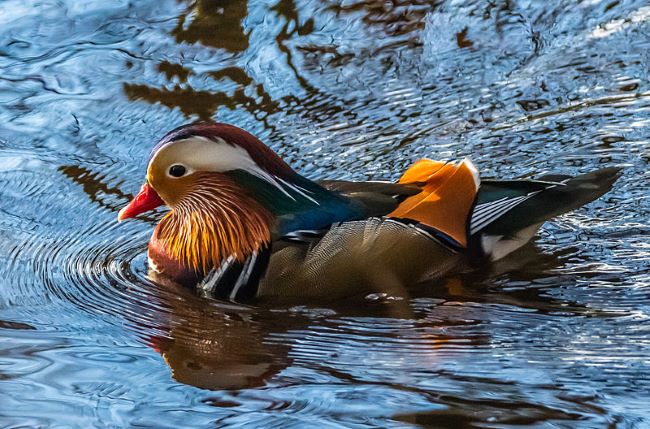
| Taken at Balloch on 14th January 2022 using Nikon D500 with Sigma 600 mm zoom lens. |  |
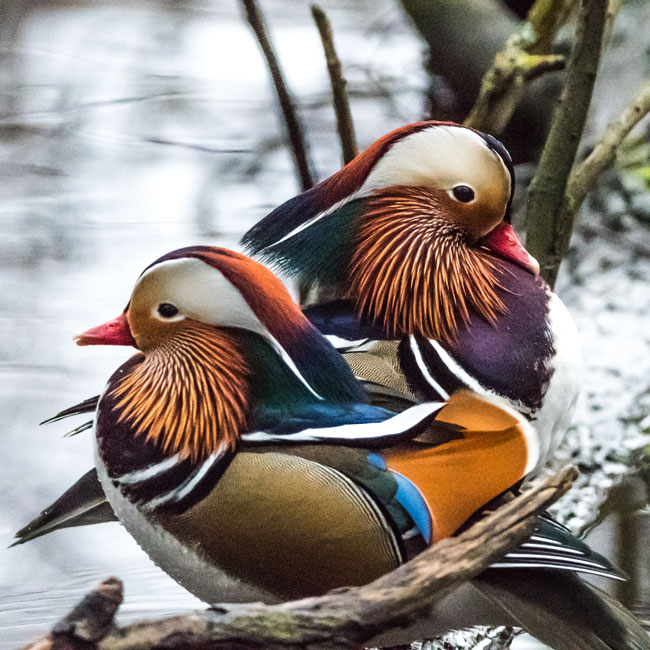
|
Taken
at Balloch on 25th March 2017 using Nikon D5200 with Sigma 600 mm zoom lens.
|
 |
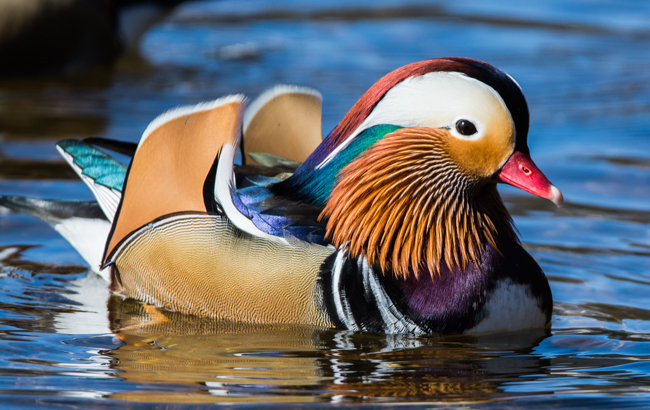
| Taken at Balloch on 16th November 2014 using Nikon D5200 with Sigma 150-500 mm zoom lens. |  |
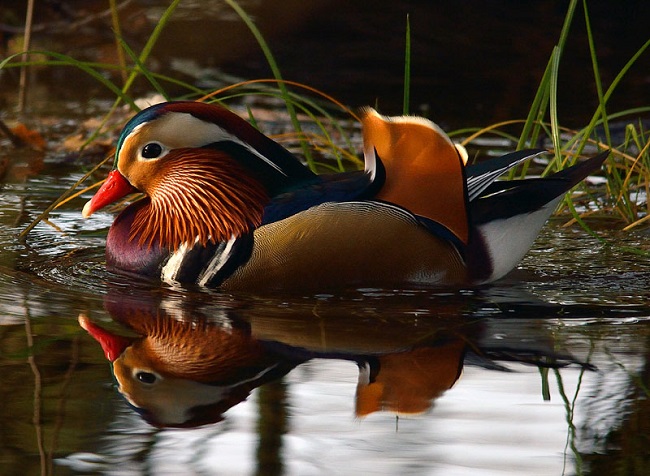
|
Taken
at Balloch on 25th March 2017 using Nikon D5200 with Sigma 600 mm zoom lens.
|
 |
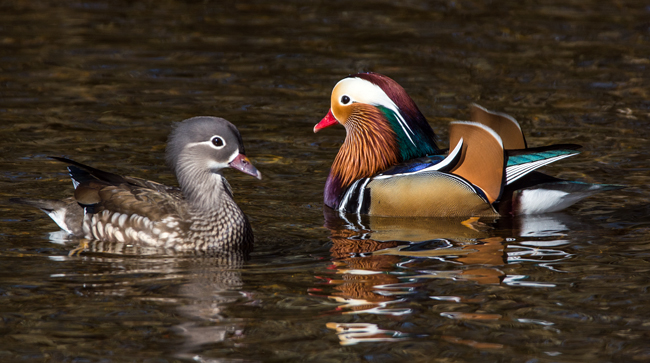
| Taken at Balloch on 2nd January 2016 using Nikon D5200 with Sigma 150-500 mm zoom lens. |  |
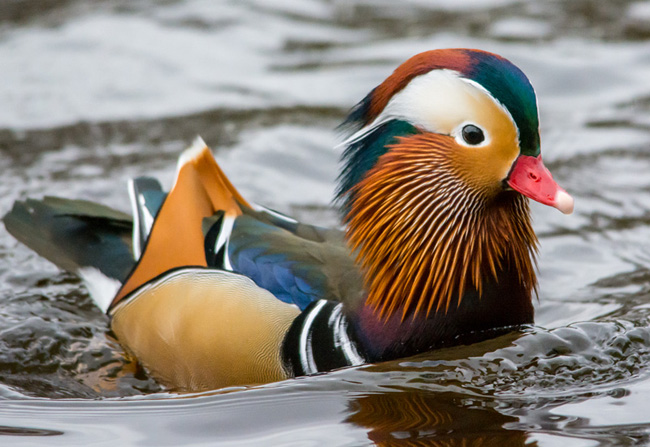
| Female Taken at Balloch on 30th January 2024 using Nikon D500 with Sigma 600 mm zoom lens. |
 |
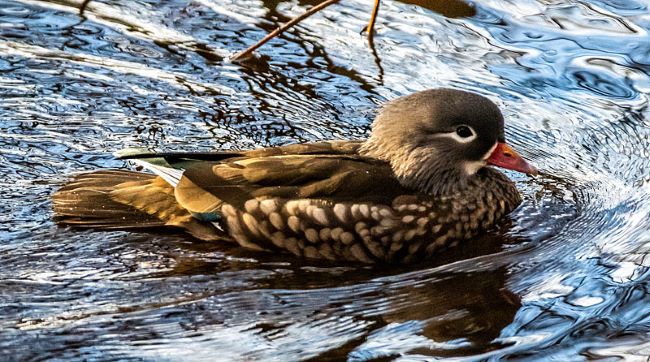
| Taken at Balloch on 25th March 2017 using Nikon D5200 with Sigma 600 mm zoom lens. |  |
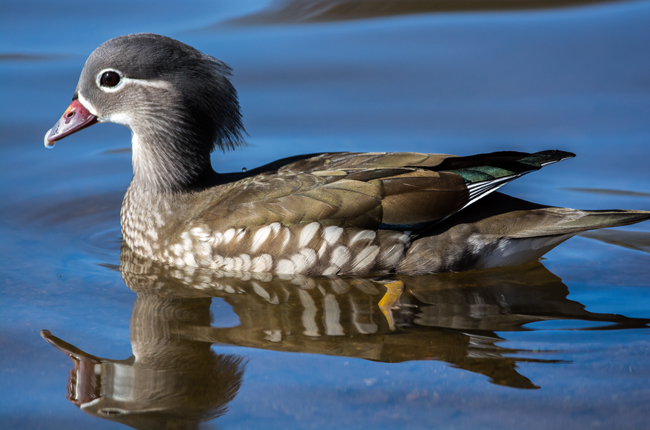
| Mandarin Duck. |
| Species: Order: Family: Local Names: |
Aix galericulata. Anseriformes. Anatidae. |
| Site
Of Nest: Food: Plumage: Length: Wingspan: |
Dense, shrubby forested edges of rivers and lakes. Feed by dabbling or on land.The diet changes seasonally; in the fall and winter, they mostly eat acorns and grains. In the spring they mostly eat insects, snails, fish and aquatic plants. In the summer, they eat dew worms, small fish, frogs, mollusks, and small snakes. The adult male is a striking and unmistakable bird. It has a red bill, large white crescent above the eye and reddish face and "whiskers". The breast is purple with two vertical white bars, and the flanks ruddy, with two orange "sails" at the back. The female is similar to female wood duck, with a white eye-ring and stripe running back from the eye, but is paler below, has a small white flank stripe, and a pale tip to its bill. 41 - 49 cms. 65 - 75 cms. |
| Voice: |